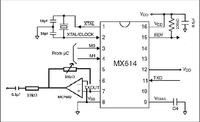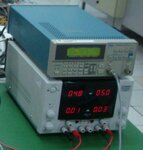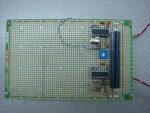88sanz
Newbie level 5

Hi,
I've designed a modulator using MX614P for my project of satellite communication (CubeSat). A COTS ALINCO DJ-S45E transceiver was used to transmit data received from the modulator.
However, when I connect the transceiver to my modulator, it would cause fluctuation in the power supply for my modulator. I would like to ask what would be the cause for this situation and how to resolve it?
Thanks in advance.
I've designed a modulator using MX614P for my project of satellite communication (CubeSat). A COTS ALINCO DJ-S45E transceiver was used to transmit data received from the modulator.
However, when I connect the transceiver to my modulator, it would cause fluctuation in the power supply for my modulator. I would like to ask what would be the cause for this situation and how to resolve it?
Thanks in advance.






